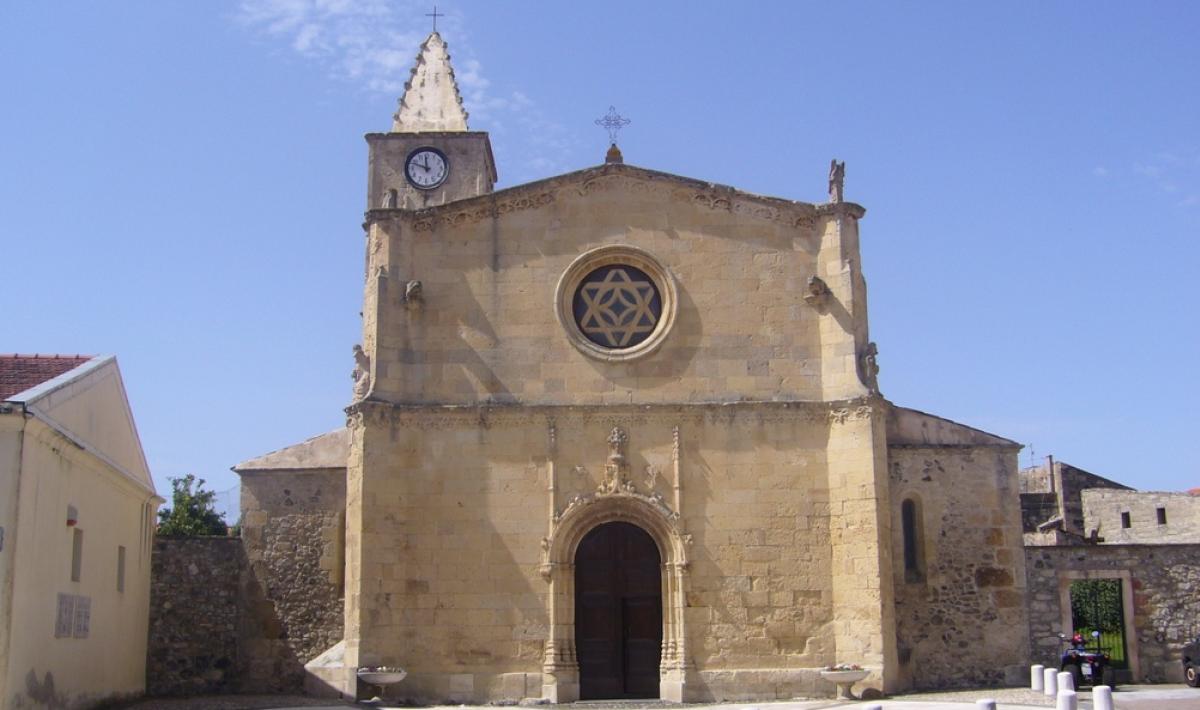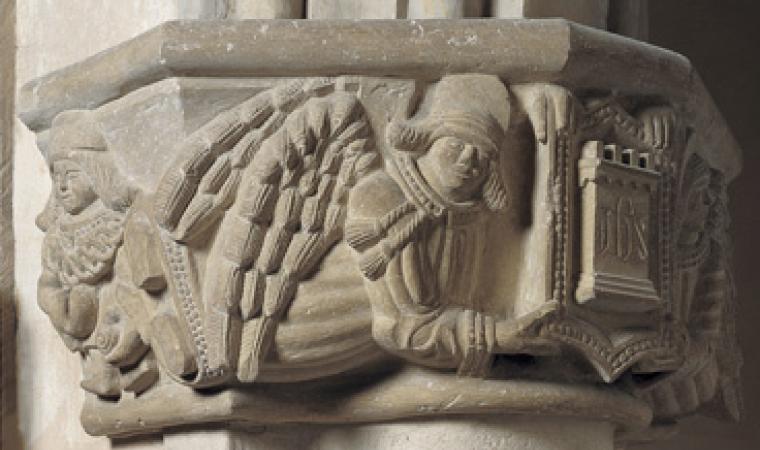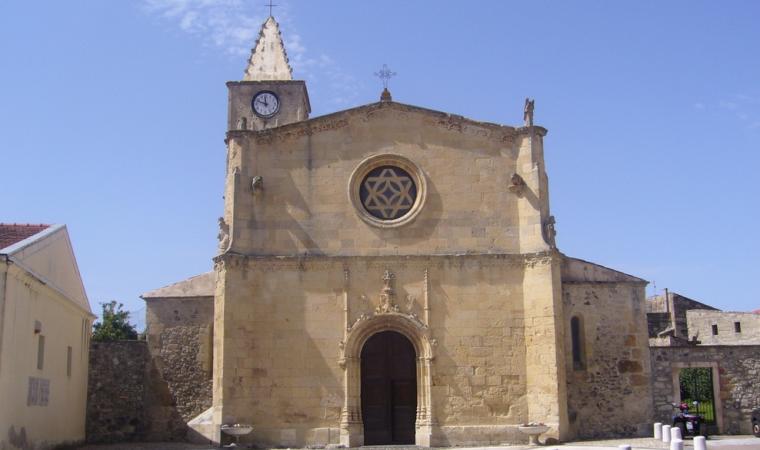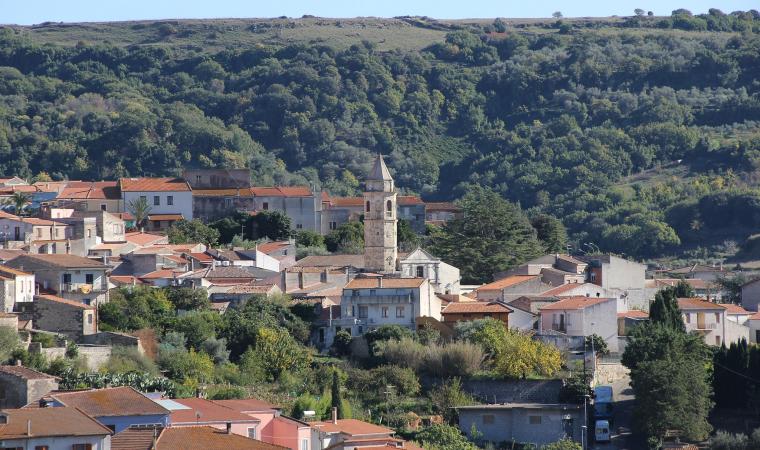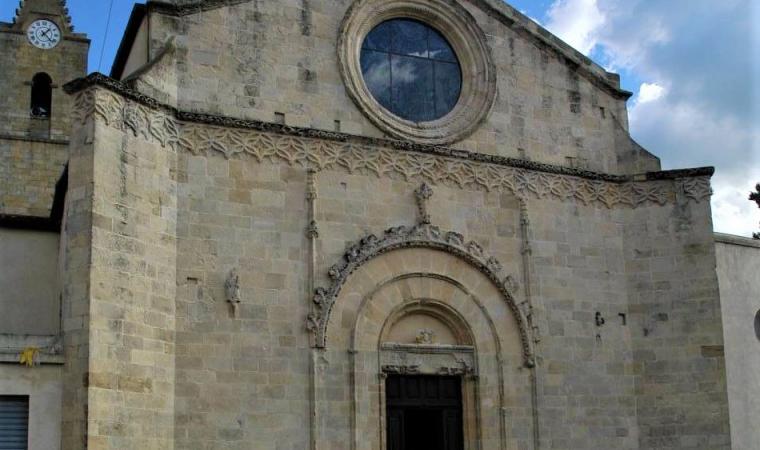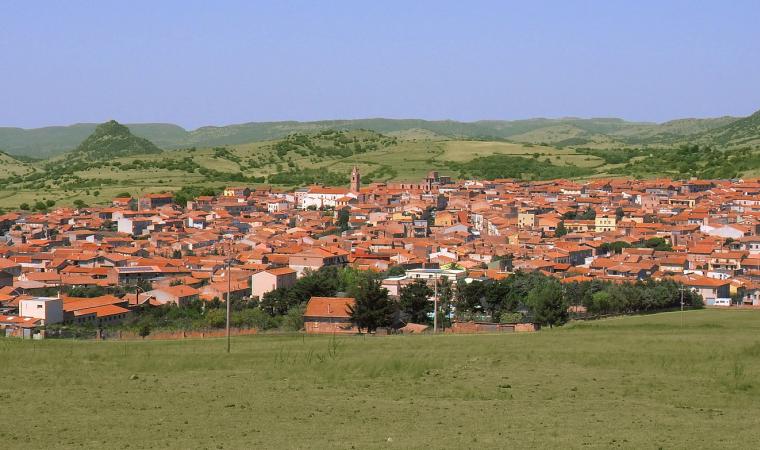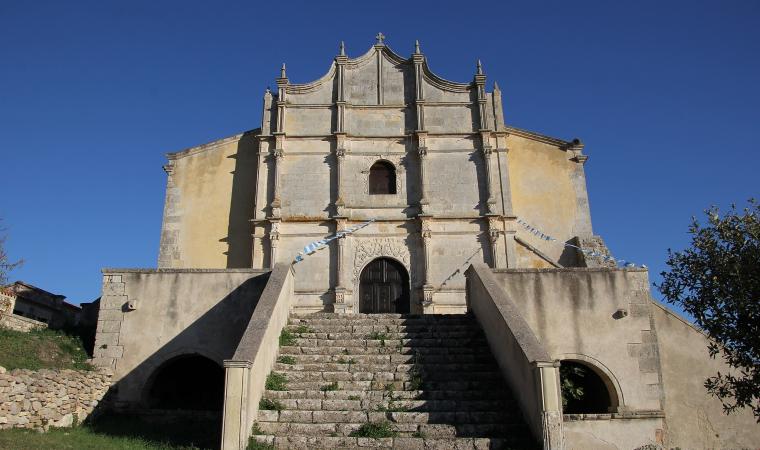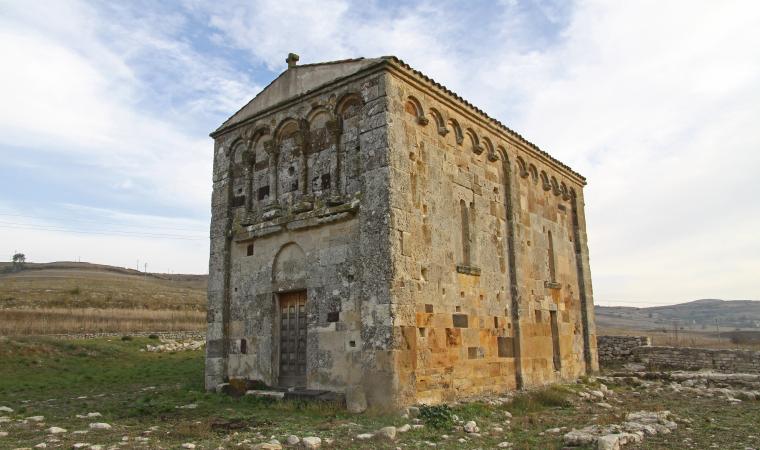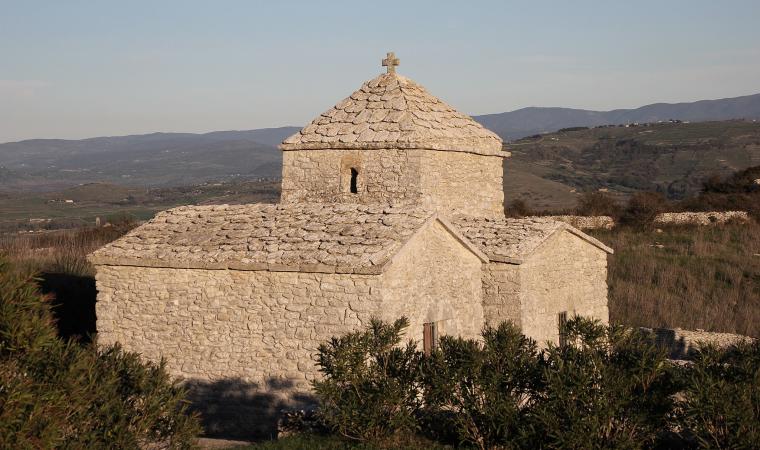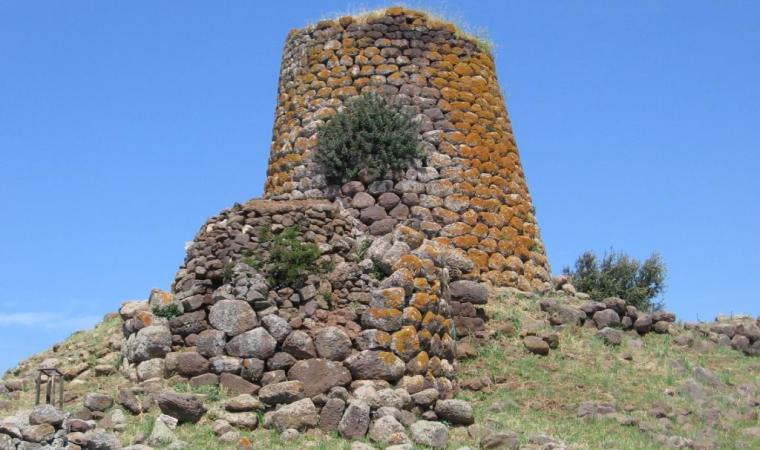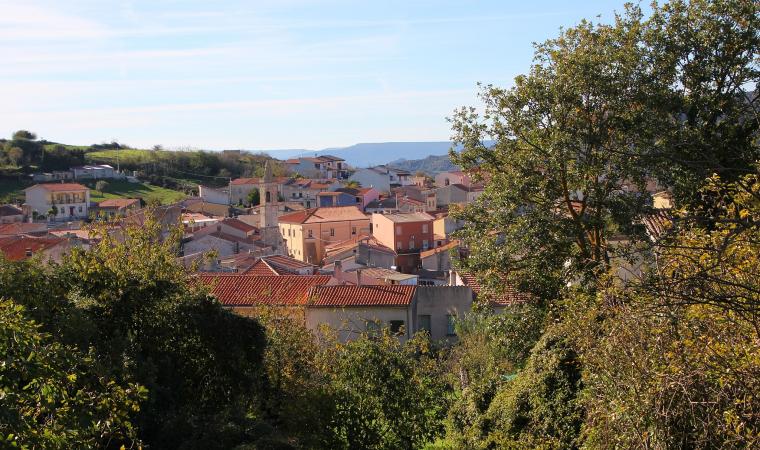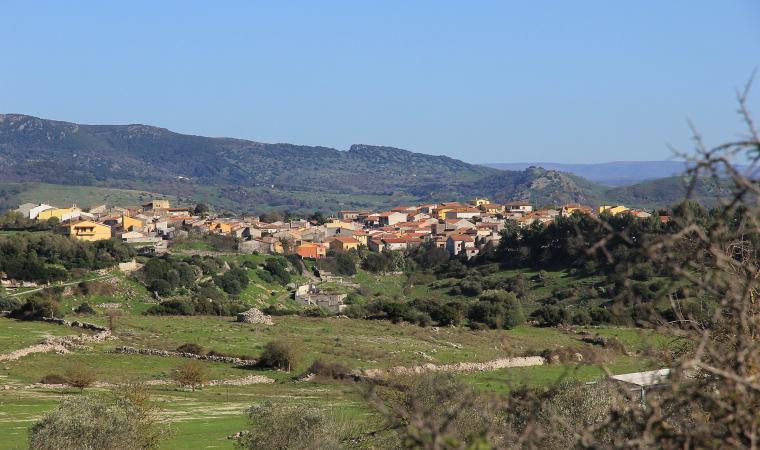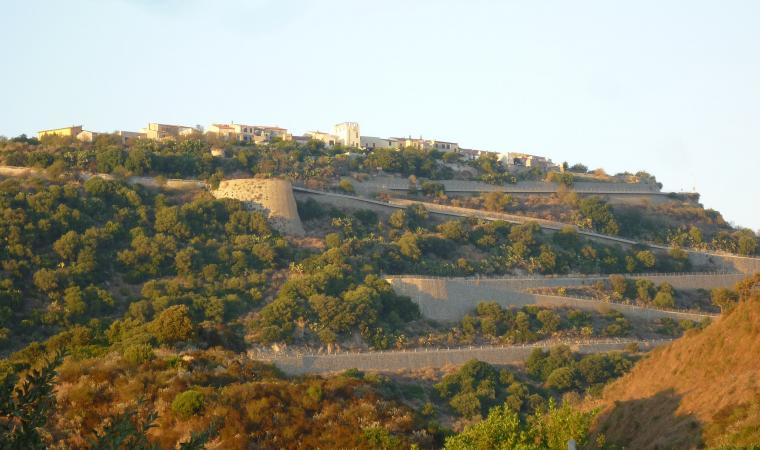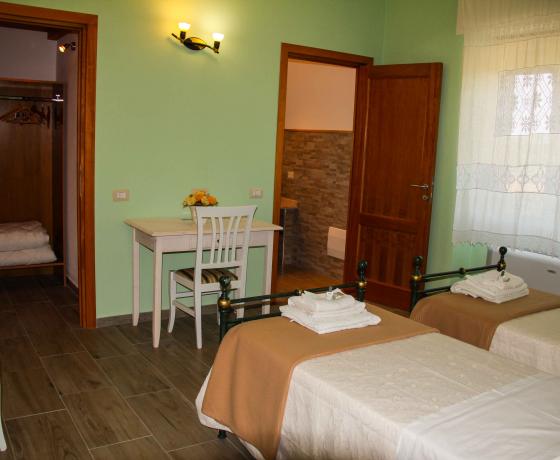It is considered one of the best examples of Aragonese-Gothic architecture in Sardinia and inside it you will find traces of the ancient places of worship on which it was built. The Church of Santa Giulia is the parish church of Padria, a village in the Meilogu area – a central historic territory in Logudoro –, ‘descendant’ of the Roman settlement of Gurulis Vetus. The site on which the church stands boasts a long history and was considered sacred for thousands of years: in its foundations, there are traces of a Nuragic well, a monumental tomb (or perhaps a Martyrion),), an early Christian church and traces of a reconstruction it underwent in the Middle Ages.
The current Gothic ‘version’ was built at the behest of the Baron of Bonvehì, Bernardino de Ferrera, lord of the County of Monteleone, and that of the Bishop of Bosa, Pietro de Sena. Its inauguration, as shown by an inscription on the façade, took place in 1520. The façade is slightly sloping, framed by buttresses that, in the second segment, become stepped and smaller in size. The segments are separated by a cornice, decorated with an interweaving of small inflected arches and a decorative motif that recurs in various points of the building. The lilied portal has a raised arch, decorated with a fleuron with the insignia of the two prestigious men who ordered the building on the sides. Aligned with the portal, in the second segment, you will see a large rose window with a moulded archivolt. The bell tower is located at the back of the church, on the left, and has a square base with a spire-shaped roof. The sanctuary has a longitudinal layout, with a single nave divided into five bays and with side chapels. The capilla mayor has a radial cross vault with seven segments and a gem depicting Santa Giulia on the cross alongside which there are two angels. Other angelic figures, saints and Christ are depicted in the capitals.
When walking in the nave, you can see the underlying remains of the ancient buildings that were there prior to the current sanctuary, thanks to the glass flooring created during recent restorations and to the didactic panels in the nave. You can then go on a journey through the history of Padori by visiting the adjacent Civic Archaeological Museum, located inside the former spaces of the Monte Granatico. As well as artefacts uncovered during the excavations of Santa Giulia, the exhibition contains finds dating back to a period between the Neolithic and the Imperial age. The town of Padria is ‘protected’ by three hills, one is dominated by the ruins of a Phoenician-Punic fortress, on which the de Ferrera baronial palace, known as su Palattu was built during the 16th century. The main building from the Nuragic age is about two kilometres from the village: it is the Longu complex nuraghe. Later on, two towers connected by a curtain wall were added to the central tower. The tholos, roof is still intact in the room, while you will find numerous Nuragic village huts around the fortress.

